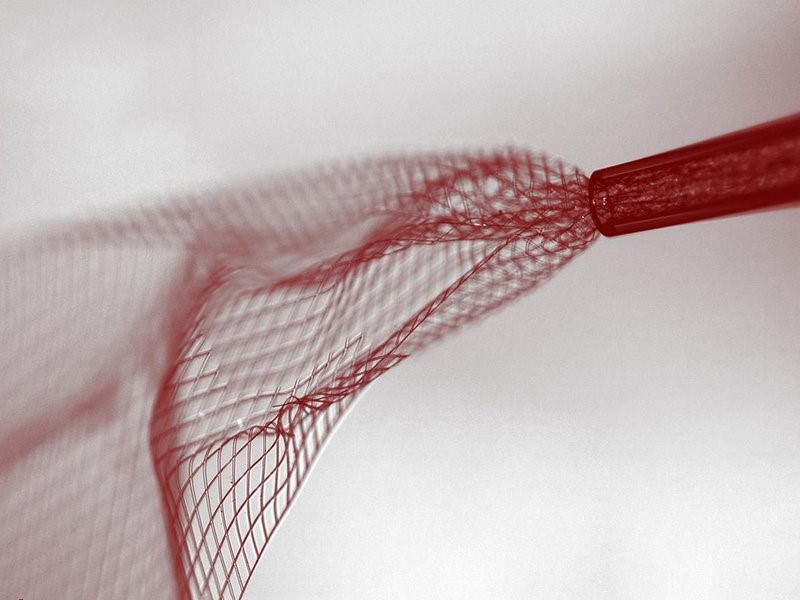
Science-fiction has long predicted that cybernetic augmentation will become the next phase in human evolution, blending man and machine to advance our physical and mental capabilities. Research undergone by Harvard nanotechnologist Charles Lieber has taken a huge step forward in blending the line between electronic circuits and neural circuits thanks a revolutionary syringe-injectable brain mesh, that merges with brain tissue to form a seamless machine-to-brain interface. So far, the technology has been successfully tested on live mice.
Describing his research in the journal Nature Nanotechnology , Lieber explains that the ultimate goal is adapt and appropriate the technology for human use. With backing from Fidelity Bioscience, a venture capital firm interested in teaching neurodegenerative diseases, and the U.S. Air Force’s Cyborgcell, a funding program which focuses on micro-electronics for performance enhancement, Lieber’s mission may become a reality.
Take note that brain-implanted electronics are not innovative, per say, having existed for some time as a means of helping epileptics and others suffering from severe muscle tremors find relief through controlled electric shock, or as a means of enabling quadriplegics to control prosthetic limbs using embedded chips and electrodes. Unfortunately these techniques are more of a last resort, requiring substantial invasive surgery.
Conversely, Lieber’s brain diffused neural technique is completely innovative. The implanted mesh is constructed from strands of metal and plastic interwoven in a similar manner to the fishing net, while being a “hundred thousand times more flexible than other implantable electronics.” What’s more, the device can be tightly rolled up and fitted into a syringe needle before unfurling and embedding itself across the brain once injected.
After injecting the mesh into live mice, the scientists were able to successfully monitor the current generated by individual neurons by using microscopic voltage detectors wired into the circuit, which then relayed the electrical signal to a computer through a wire running out of the mouse’s head. “This could make some inroads to a brain interface for consumers,” says Jacob Robinson, a developer of brain interface technologies at Rice University. “Plugging your computer into your brain becomes a lot more palatable if all you need to do is inject something.”
When Leiber and team conducted an autopsy on the injected mice, they discovered that the mesh’s wires had woven themselves into the mices’ brain matter, tangling itself with their very neurons. And as an added, but critical benefit: Minimal negative impact occurred because the team modeled the mesh using three dimensional scaffolds used by biomedical engineers to grow tissue outside of the body.
 3D microscope image of mesh injected into the lateral ventricle region of brain. Source: Leiber Research Group, Harvard University
3D microscope image of mesh injected into the lateral ventricle region of brain. Source: Leiber Research Group, Harvard University
The primary challenge Lieber’s team must resolve before migrating over to human trials is to improve the mesh’s longevity; previous solutions attempting the same goal lacked stability as the electric signal decreased over time because nearby cells died or migrated away. The positive outcome of Lieber’s device, however, is proving to be significantly more compatible.
Should this technology continue to evolve, we may one day find ourselves browsing a 3D representation of the Internet with our very mind or sending text messages through sheer force of will. Such a scenario is likely to be decades away, but this kind of research is fundamental in developing the base platform needed for technology to come to fruition.
Source: Smithsonianmag
Advertisement
Learn more about Electronic Products Magazine





